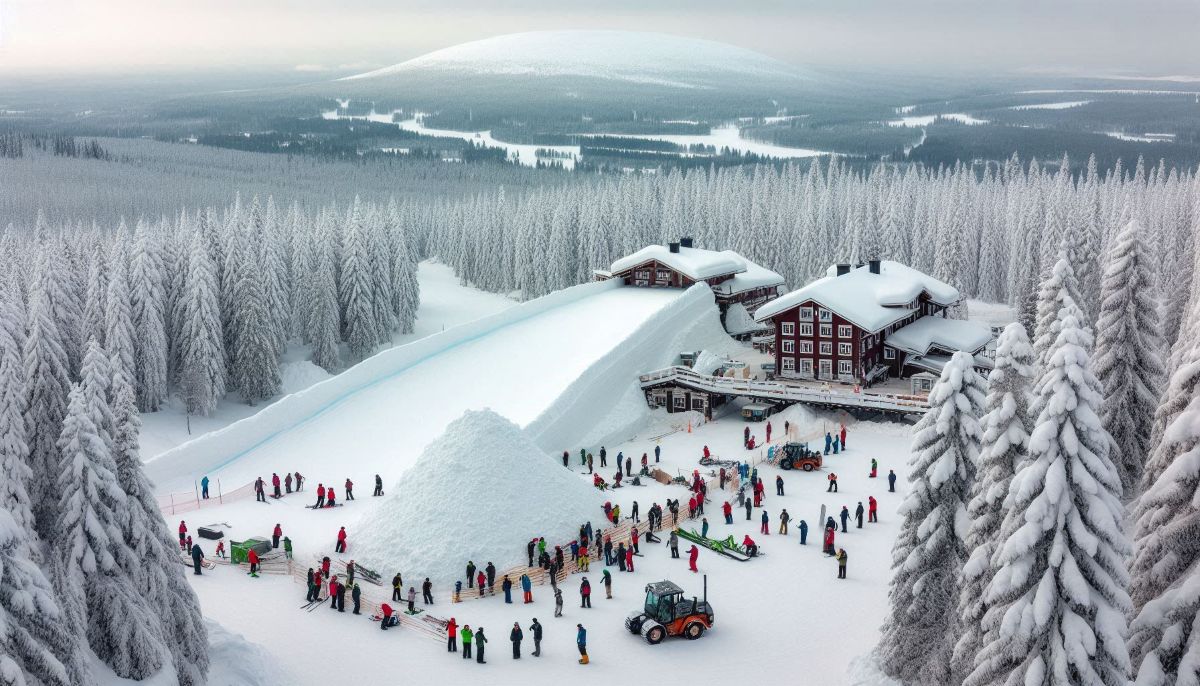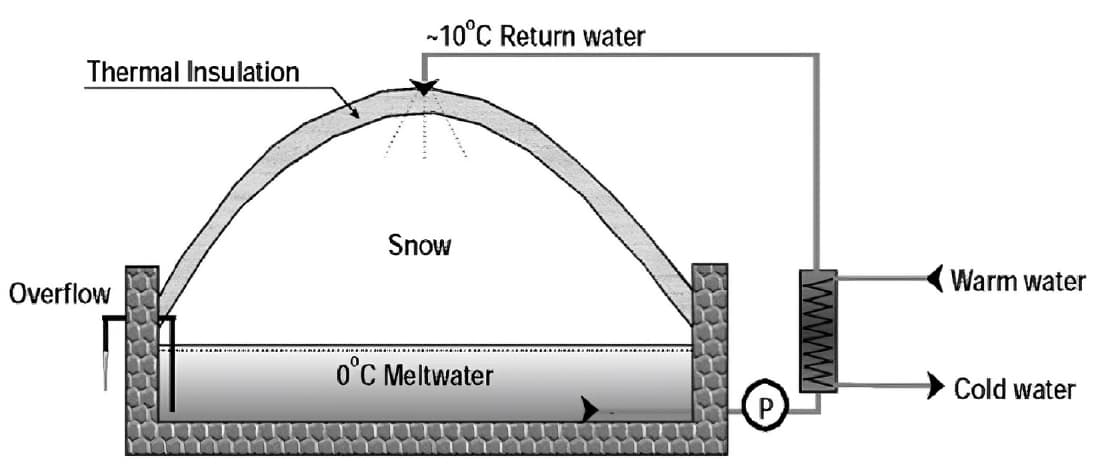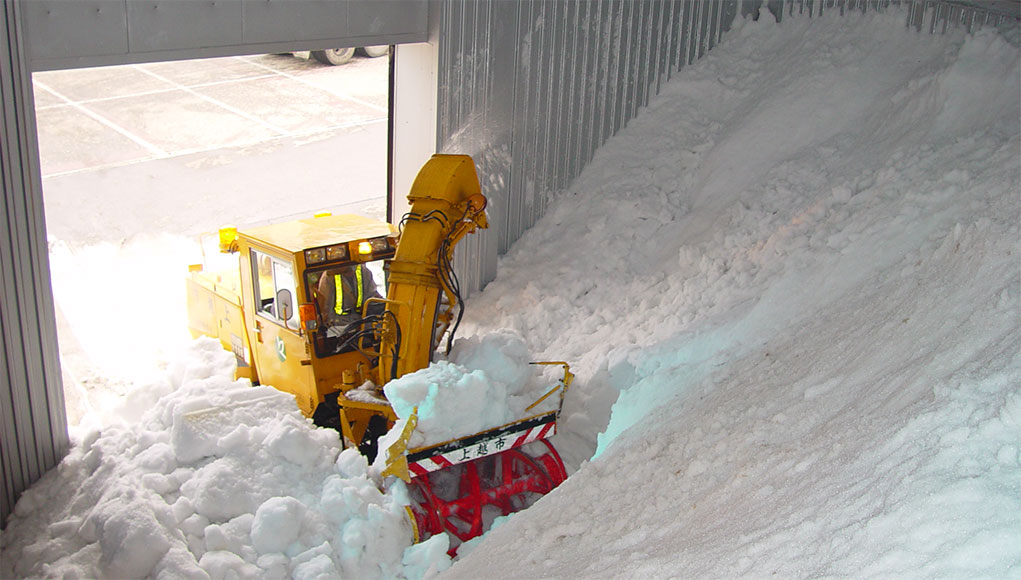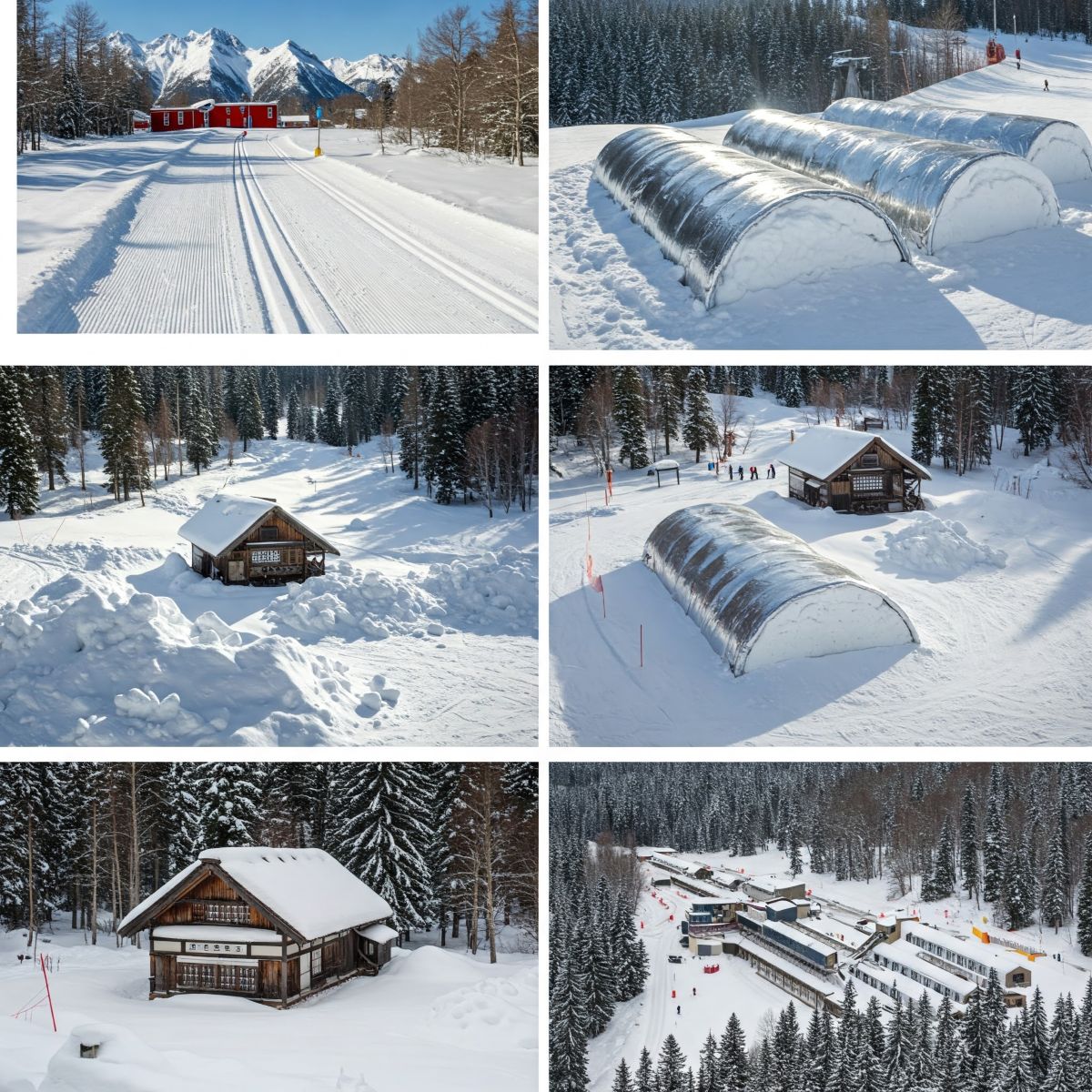
Watch short for this article (5 slides)
Banking Winter: How Snow Storage Offers Ski Resorts a Lifeline in a Warming World
The ski industry, intrinsically linked to the rhythms of winter, is confronting an undeniable reality: climate change is making natural snowfall less reliable and winters shorter. Iconic mountain resorts worldwide, from the European Alps to the Rockies and Japan, face existential threats as rising temperatures shrink snowpacks and delay openings. While artificial snowmaking has long been a fallback, its significant energy and water demands raise sustainability concerns. In response, an innovative yet age-old concept is gaining traction – **snow storage**, often dubbed "snow farming." This technique involves preserving large quantities of snow harvested during winter through the summer months, providing a crucial head start for the next ski season. This article delves into the science behind snow storage, its practical applications, compares it to traditional snowmaking, and explores its potential as a vital adaptation strategy for winter tourism.

The Climate Imperative: Why Snow Storage is Becoming Essential
The need for snow storage stems directly from the impacts of climate change on mountain environments:
- Shorter Winters: Warmer autumns delay the onset of natural snowfall suitable for building a base, while warmer springs lead to earlier melt-out. This compresses the viable operating season.
- Higher Snow Lines: Rising average temperatures mean precipitation that once fell as snow at mid-elevations now increasingly falls as rain, reducing the total snow accumulation area and impacting lower slopes crucial for resort operations.
- Increased Variability: Climate change can lead to more erratic weather patterns, including mid-winter thaws or rain-on-snow events that can decimate existing snowpack.
- Economic Pressure: Guaranteeing early season openings (e.g., for lucrative holiday periods) and extending the season are critical for the financial viability of resorts and the mountain communities they support. Delayed openings or short seasons significantly impact revenue.
Traditional snowmaking helps bridge gaps, but it is heavily dependent on specific weather conditions (low temperatures and humidity), requires vast amounts of water (often impacting local streams or requiring artificial ponds), and consumes significant amounts of energy (for pumping water and compressing air). Snow storage offers a complementary, and in some ways more sustainable, approach.
The Science of Preservation: How Snow Storage Defies Summer Melt

Storing massive piles of snow through warm summer months seems counterintuitive, but it relies on fundamental principles of physics and strategic engineering to minimize the energy transfer that causes melting:
- Minimizing Surface Area to Volume Ratio: Snow melts primarily at its surface. By piling snow into large, compact mounds (often tens of thousands of cubic meters), the ratio of exposed surface area to the total volume of snow is minimized. The larger and more hemispherical the pile, the more efficiently it retains its core coolness.
- Strategic Site Selection: Location is crucial. Ideal storage sites are:
- Shaded: North-facing slopes or areas naturally shaded by terrain or trees receive less direct solar radiation (a major melt factor).
- Wind-Protected: Shelter from wind reduces convective heat transfer (heat carried by moving air) and sublimation (direct conversion of snow to vapor).
- Well-Drained: The site must allow meltwater to drain away effectively, preventing saturation at the base of the pile, which accelerates melting.
- Accessible: Located reasonably close to the slopes where the snow will eventually be spread, minimizing transport energy later.
- Snow Collection and Compaction: Snow is typically harvested late in the previous winter or early spring when temperatures are still low, either using snowcats pushing natural snow into piles or by intensive snowmaking focused on creating large depot piles. The snow is then heavily compacted using grooming machines (snowcats).
- Why Compaction Works: Compacting the snow reduces air pockets. Air is a poor conductor of heat, but air movement (convection) within porous snow can transfer heat. Reducing air voids increases density and thermal conductivity *within* the snow slightly, but more importantly, it significantly reduces air permeability and surface area exposed to melt processes within the pile structure.
- The Critical Insulation Layer: The key to successful summer storage is covering the compacted snow pile with an effective insulating layer. This layer combats melt energy from multiple sources:
- Reflecting Solar Radiation: Using materials with high albedo (reflectivity) minimizes the amount of energy absorbed from sunlight. White or reflective surfaces are preferred.
- Providing Thermal Resistance: A thick layer of insulating material slows the conduction of heat from the warmer ambient air into the snow pile.
- Reducing Convection and Sublimation: The cover acts as a barrier to wind and reduces air exchange at the snow surface, minimizing heat transfer via convection and mass loss via sublimation.
- Common Materials:
- Sawdust or Wood Chips: Relatively inexpensive, readily available in some areas, good insulating properties (due to trapped air within the material). Often used in thick layers (e.g., 40-80 cm or more). Can help retain moisture, which provides evaporative cooling but needs management to avoid saturation.
- Geotextiles: Specialized synthetic fabrics. White or reflective geotextiles help with albedo. Some are designed to be breathable yet water-resistant. Often used in multiple layers or in combination with other materials. More durable and reusable than organic materials but more expensive.
- Specialized Blankets/Foams: High-tech insulating blankets incorporating foam layers or reflective films offer high thermal resistance (R-value) but come at a premium cost.
Using these techniques, resorts can typically preserve **65-85%** of the initial snow volume over the entire summer, depending on the scale, specific techniques used, local climate, and cover material effectiveness.
Snow Storage vs. Traditional Snowmaking: A Comparative Look

While both aim to provide snow cover, they differ significantly:
| Aspect | Snow Storage ("Snow Farming") | Traditional Snowmaking |
|---|---|---|
| Primary Resource Input | Existing snow (natural or early-season man-made), cover material, machinery fuel (piling/spreading) | Large volumes of water, significant electrical energy (pumping, air compression, fan guns) |
| Energy Consumption | Relatively low operational energy (mostly machine time for piling/spreading); energy embodied in cover materials | Very high operational energy consumption during snow production periods |
| Water Consumption | Minimal operational water use (uses existing snow) | Very high water consumption; potential impact on local water resources/stream flows |
| Temperature Dependency | Snow preservation is largely independent of summer temperatures (if well-insulated); snow harvesting requires cold temps | Highly dependent on specific low temperatures (wet-bulb temperature) and humidity for production |
| Season Guarantee | Provides a guaranteed base layer for early season opening, independent of early winter weather | Reliant on favorable early season weather windows for production |
| Snow Quality | Stored snow is dense, transforms over summer (firnification); potentially good base layer but different texture from fresh powder | Variable quality depending on conditions; can be icy or wet; different crystal structure than natural snow |
| Cost Profile | Significant upfront investment possible (site prep, covers); lower operational energy costs | High operational energy and water costs; ongoing infrastructure maintenance |
| Environmental Impact | Lower operational energy/water impact; visual impact of large covered piles; potential microplastic shedding from geotextiles | High energy/water footprint; noise pollution during operation; potential impact on water sources |
Often, snow storage is used strategically to build a durable base layer early in the season, which is then supplemented by traditional snowmaking as conditions allow.
Global Implementation: Pioneering Efforts

Snow storage is moving from experimental to operational at various locations:
- Scandinavia (Finland, Norway, Sweden): Nordic countries have been pioneers, particularly for securing early-season snow for cross-country skiing tracks and alpine resort bases. Resorts like Ruka (Finland) and Beitostølen (Norway) have successfully used snow farming for years.
- European Alps (Switzerland, Austria, Italy): Facing significant glacier melt and shorter seasons, many Alpine resorts are adopting snow storage. Davos, Switzerland, has been a notable site for research and implementation. The techniques often borrow from research aimed at slowing glacier melt using reflective blankets.
- Japan (Yukimuro Inspiration): While traditional "Yukimuro" snow houses were primarily for food preservation and natural cooling using the immense snowfall of regions like Niigata, the principle of using snow's thermal mass and insulation informs modern adaptations for preserving ski slopes, integrating cultural heritage with climate adaptation.
- North America (Canada, USA): Adoption is growing. The Canmore Nordic Centre Provincial Park (Canada), a legacy venue from the '88 Olympics, uses snow storage extensively to guarantee early season conditions for training and competitions. Some US resorts are experimenting with or implementing the technique on smaller scales.
Looking Ahead: The Future of Snow Farming
As climate change continues, snow storage is likely to become an increasingly important tool:
- Technological Advancements: Research focuses on more efficient and sustainable insulating materials (e.g., biodegradable options, higher R-value synthetics), optimizing pile geometry using modeling, and improving snow harvesting and spreading techniques.
- Integration with Sustainability Goals: Snow storage aligns well with resort efforts to reduce their carbon footprint and water usage compared to relying solely on extensive snowmaking.
- Economic Viability: While requiring investment, the ability to guarantee opening dates and extend the season provides significant economic return, making it an attractive adaptation measure despite initial costs.
- Policy and Support: Government incentives or support for climate adaptation measures in mountain regions could accelerate the adoption of snow storage and other sustainable practices.
Conclusion: Adapting to Preserve Winter Traditions
Snow storage, or "snow farming," represents a remarkable example of human ingenuity adapting to the challenges posed by climate change. By leveraging basic physics and innovative materials, ski resorts and winter sports venues can "bank" winter's bounty to provide a crucial buffer against warmer temperatures and less predictable snowfall. While it cannot reverse climate change or fully replace natural winter conditions, snow storage offers a more sustainable, lower-energy alternative or supplement to traditional snowmaking, helping to secure the economic future of mountain communities and preserve cherished winter recreational opportunities for generations to come, even as the climate continues to warm.